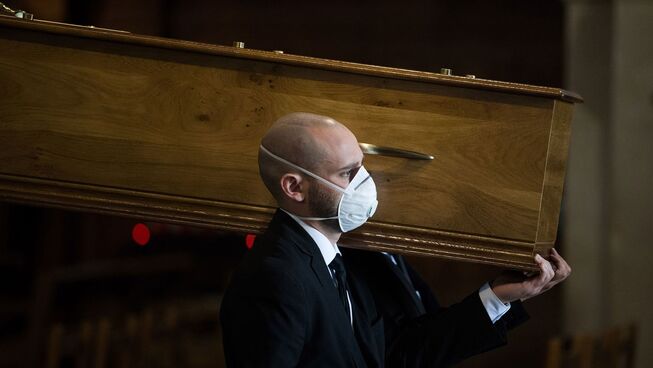
4.5 out of 5 Stars
“The treatment of today’s ME/CFS patients is comparable to that of lobotomy patients decades ago. When the full history of ME/CFS is written one day, we will all be ashamed of ourselves.” –Prof. Dr. Ola Didrik Saugstad, Professor of Pediatrics, WHO Advisor, Norway.
During #Millionsmissing, a worldwide protest established in 2016 by people with Myalgic Encephalomyelitis, (also known as Chronic Fatigue Syndrome or CFS), participants lay out pairs of shoes to represent the bedbound who can’t attend. The wearers post their business shoes, ballet shoes, high-heels, sneakers, ski boots, all representing the lives they can no longer live. Ever since the inaugural event, they have been protesting having their physical symptoms described as being “in their head” by the health system, despite their inability to wash, dress and sometimes even eat unassisted. The protest draws attention to the fact that many people want to participate in life, yet cannot, and the internet is their only source of advocacy, community and connection.
Many people with Chronic Fatigue, or Myalgic Encephalitis (ME) as it is more formally known, have learned to live with ongoing fatigue, weakness, joint and muscle pain and comorbid conditions such as heart, liver, breathing or digestive issues. What’s less well known about ME/CFS is that it is not just “tiredness” but a condition affecting almost every organ of their bodies. Recent research has shown that some people with ME find performing regular tasks places such intense anaerobic strain on their bodies, it as if they were training for an elite sport.
While previously shrouded in mystery, research shows that ME/CFS is a complex physical response triggered by viruses such as the flu, and much research is continuing about these complex factors. In 2020, a new type of CFS has emerged, referred to by sufferers as Long covid, as they are still bedbound months after contracting COVID19 in 2020.
In her Sundance award winning 2017 documentary, Unrest, Jennifer Brea related how she mysteriously fell ill after never having so much as the flu before. She went from being a promising PhD student, newly married to the love of her life, to being imprisoned in her own body. She suffered from such severe CFS that sometimes she was unable to speak, and even being upright in a wheelchair sometimes caused severe inflammation and pain. She suffered the accusations of hysteria from doctors who believed she needed psychiatric care because they were unable to explain her symptoms. Then she went online, and found thousands of other people just like her.
Unrest is, as far as filmaking is concerned, an unusual piece of work. Filmed by a chronically ill director, splicing between Brea's own personal story, the stories of her online friends and a history of chronic illness. It oscillates between shock, trauma, sorrow and new hope. Representing the impact of policy, the limitations of medical science and uncovering a large minority group, Brea's work is not only informed and skillful, but engaging and heartfelt.
Real Dialogue: Why are people valuable?
"So God created mankind in his own image,
in the image of God he created them;
male and female he created them." Genesis 1:27
When we hear the voice of a minority that usually cannot speak, or that is easily ignored, we give honour to the biblical tenet that humans are made in the image of God. If all humans are made in the image of God, then their ability to work or contribute to society becomes irrelevant. Unrest challenges our assumptions about mystery illnesses, fatigue and the medical profession.
For more information or to watch Unrest, visit the website






